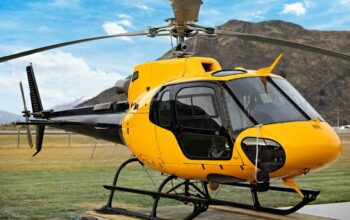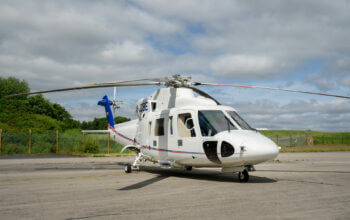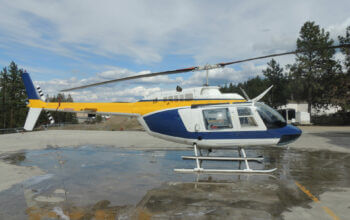The U.S. Army has announced the cancellation of the Future Attack and Reconnaissance Aircraft (FARA) program, bringing a swift end to years of development towards a replacement high speed aircraft that would fill the armed scout role left vacant by the retired OH-58D Kiowa Warrior.
Instead, the Army is to make new investments in the latest upgrades to legacy platforms — namely the UH-60 Black Hawk and CH-47F Block II Chinook — as well as in unmanned systems and space-based assets.
In a statement announcing the decision, the Army said this mix of enduring, unmanned and space systems could achieve the increased capabilities offered by FARA “more affordably and effectively.”
“We are learning from the battlefield — especially in Ukraine — that aerial reconnaissance has fundamentally changed,” said the Chief of Staff of the Army, General Randy George. “Sensors and weapons mounted on a variety of unmanned systems and in space are more ubiquitous, further reaching, and more inexpensive than ever before.”

The news will come as a bitter blow to Sikorsky and Bell, who had been competing for the FARA contract with the Raider X and Invictus 360, respectively. The two companies had been awaiting the arrival of the 3,000 shaft horsepower GE T901 engine — the missing element in otherwise largely complete aircraft designs — for much of last year, and had celebrated the beginning of engine installation in October.
Sikorsky and Bell had been targeting ground runs of the Raider X and Invictus in the second quarter, with first flight by the end of the year.
In a statement responding to the Army’s announcement, Sikorsky said it was “disappointed in this decision” and it would await a debrief from the Army “to better understand its choice.”
“With a $1 billion investment, X2 aircraft offer speed, range and agility that no other helicopter in the world can match,” the company said. “We remain confident in X2 aircraft for U.S. and international mission needs now and in the future.”
The FARA program was launched in 2018 with a formal program solicitation that called for manufacturers to develop the “knife fighter” of future Army aviation capabilities. Five teams were awarded design, build and test contracts in April 2019: AVX Aircraft Co. partnered with L3Harris, Bell, Boeing, Karem Aircraft and Sikorsky. The Army selected Bell and Sikorsky to continue to the competitive prototyping phase in 2020.

Now, the Army said development of the two aircraft programs will be discontinued after the conclusion of prototyping activities.
However, FARA isn’t the only program impacted by the Army’s “aviation investment rebalance.”
Production of the Sikorsky UH-60V Black Hawk variant is to end after FY24; production of the Improved Turbine Engine (ITEP) — the GE T901 — is to be delayed; and operation of the legacy Shadow and Raven unmanned aircraft systems will be phased out.
“Without reprioritizing funds in its constrained aviation portfolio, the Army faced the unacceptable risk of decline and closure of production and sustainment lines for the Chinook and Black Hawk fleets,” the Army said in its statement.
This will take the form of a new multi-year contract to procure the UH-60M model and invest in upgrades to the type, and formally enter CH-47F Block II Chinook into production to “end uncertainty over the future” of the type, with a path to full-rate production in the future.
Despite the dramatic upheaval impacting FARA, its sister Future Vertical Lift program — the Future Long Range Assault Aircraft (FLRAA) — is to continue as planned, with the Bell V-280 Valor still set to enter operation in 2030.









